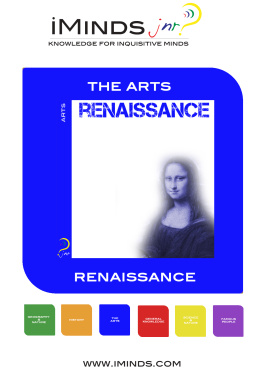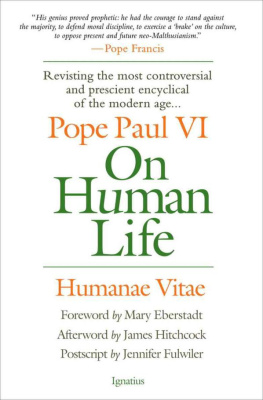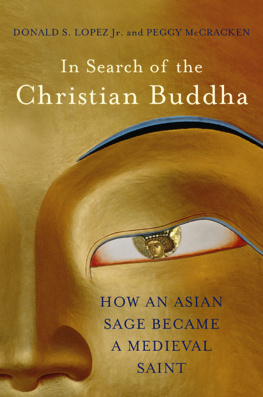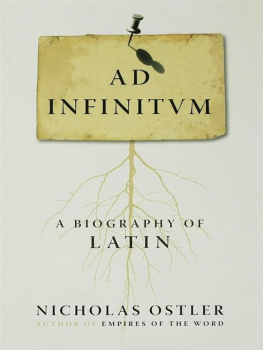Calila and Dimna
Oriental Tales from Medieval Spanish
Translated
by
Thomas Cleary
Introduction
Originating in ancient India, Calila and Dimna was the first book of Asian philosophy to be translated into Western languages, ultimately to become one of the most widely circulated books in the entire world. Brought to Europe hundreds of years before the time of Machiavelli, it exposes the arts of power and dominion, where treachery and intrigue are engaged in perpetual conflict with honor and trust.
This classic work was introduced to Western Europe before the Renaissance, where it was translated into Spanish, Hebrew, and Latin in the 13th century. Some indication of the importance already attached to this book at that time may be gleaned from its Latin title, Directorium Vitae Humanae, Guide to Human Life.
These translations of Calila and Dimna were sponsored by Alfonso X (1221-1283), future king of Castile and Leon, while still a prince. Known as Alfonso the Savant, he was a polymath who avidly promoted the arts and sciences and legal reform, while also embroiled in warfare and political conflict for most of his life.
The Spanish version commissioned by Alfonso was based on an earlier translation into Arabic, which was at that time a lingua franca of learned Europe. The Arabic version, dating from around 750, was a product of an analogous assembly of ancient knowledge in the early days of the colossal Abbasid Dynasty. This translation was based on a 6 th century version in Pahlavi, or Middle Persian, sponsored by the renowned Persian emperor Khusru I of the Sassanian Dynasty (r. 530-571). This Pahlavi rendition of Calila and Dimna was also as part of a larger translation project intended to incorporate ancient knowledge from other cultures into Persian civilization.
Celebrated as Anushirvan, The Immortal Soul, Khusru I patronized cultural development and legal reform while enmeshed in politics and warfare. In this respect his career was as if an adumbration of that of Alfonso X of Spain. In the Pahlavi version of Calila and Dimna, the inner significance of these stories is emphasized in an introduction added by the translator, said to be Khusrus chief physician Burzoe (Burzebuey in the Spanish version), recounting his pilgrimage to India to acquire this lore.
The Sanskrit core of the work, brought to Persia from India, corresponds to the classic collection of stories known as Hitopadesa or Book of Good Counsel . The immediate forerunner of this book is the Pancatantra or Five Threads. In translation, this collection is attributed to a certain Bidpai, which means Keeper of Knowledge.
Typically taken as a generic, a Keeper of Knowledge in this sense means a court savant of an Indian king. Historically, in connection with the origin of the Pancatantra , the name may refer to the mysterious Indian sage Kauthilya, associated with the codification of political science.
Kauthilya was advisor to the warrior king Candragupta Maurya. Under Kauthilyas tutelage, Candragupta founded of the greatest of the ancient Indian empires in the 4 th century B.C. The seeds of the Pancatantra and Hitopadesa stories reflect ideas outlined in the classic aphorisms of Kauthilya, especially in his famous Art of Wealth , which teaches the arts of leadership in the ways of both war and peace. The stories traditionally devised to encapsulate these principles were to be reborn again and again in the literatures of great civilizations spanning East and West.
The historical importance and undying interest in this work are reflected in the breadth of its circulation throughout the world. It has been translated into many languages, including Greek, Hebrew, Latin, Italian, Syriac, Persian, Turkish, Tibetan, Mongolian, German and French. Its ideas have also spread through its influence on the works of outstanding European authors such as Lully, Chaucer, Boccaccio, and La Fontaine.
The version of Calila and Dimna translated here from the original Romance, or medieval Spanish, is one of the founding works of Western European vernacular literature. It is a product of the Spanish Convivencia, during which Jewish, Christian, and Muslim maestros collaborated to transmit Eastern arts and sciences to the new West in a spirit of universal education.
Having already traversed centuries of history and been processed by diverse civilizations with different religions, the Romance version of Calila and Dimna , itself produced in a multi-ethnic, multi-religious milieu, portrays the human condition in analytic psychological terms, without religious, racial, or ethnic barriers, such that people of all backgrounds might see themselves in its mirror.
Calila & Dimna
Philosophers learned in whatever law and whatever language always strove and labored to seek knowledge, and to give expression and order to philosophy. They were taken up with this task, and they agreed and disagreed with each other over it. They loved it more than all other things at which people work, and it pleased them more than any amusement or any other pleasure. For they held that there was nothing of which they labored at that was of greater reward, or of greater recompense, than those things their souls used to work at and teach.
And they set down stories and similitudes in the art they understood, and they succeeded in expansion of our lives, and arrived at clever thoughts and great learning. And they questioned things to draw from here what they wanted with smart words and with sound and firm reasons; and they composed most of these stories in allegories of wild animals and birds. Thus they combined thereby three good things.
First, they found them useful in reasoning, taking them up according to custom in order to say discreetly what they wanted, and to affirm sound logic. Second, these stories stood them in good stead with the scholars, because they amplified for them the knowledge they showed them of philosophy when they thought about it and realized its understanding. Third, they made use of them for the entertainment and edification of students and children.
And they admired this and considered it wonderful, and desired to learn it and understand it, that when a youth shall have come of age and completed his education, and may think of that which he should have committed to memory in the days when he studied it, and reflect on what is recorded in his heart, he will know that there is something for him therein that is more useful than material treasures. Then he will be like a man who comes of age and finds his father has left him a great treasure of gold and silver and precious stones, whence to save him the trouble of asking for help in life.
So one who reads this book will know the manner in which it was composed, and what was the intention of the philosophers and sages in their representations of the things spoken herein. But whoever does not understand this will not know what his aim is to be in this book.
So you understand that the first thing needed for one to read this book is to want to be guided by ones predecessors, who were the philosophers and savants, and to read it and understand it well, not wishing to read it through without knowing what one is reading.
As for one who only wants to read it through and does not understand it or act on it, it will be no use for him to read it, for he will get nothing helpful from it.
And if one who labors to seek knowledge reads books studiously yet does not strive to do right and follow truth, he will not obtain the fruit that he might gather, except toil and trouble.
THE MAN WHO FINDS A TREASURE, THEN IS SWINDLED BY THE PORTERS





